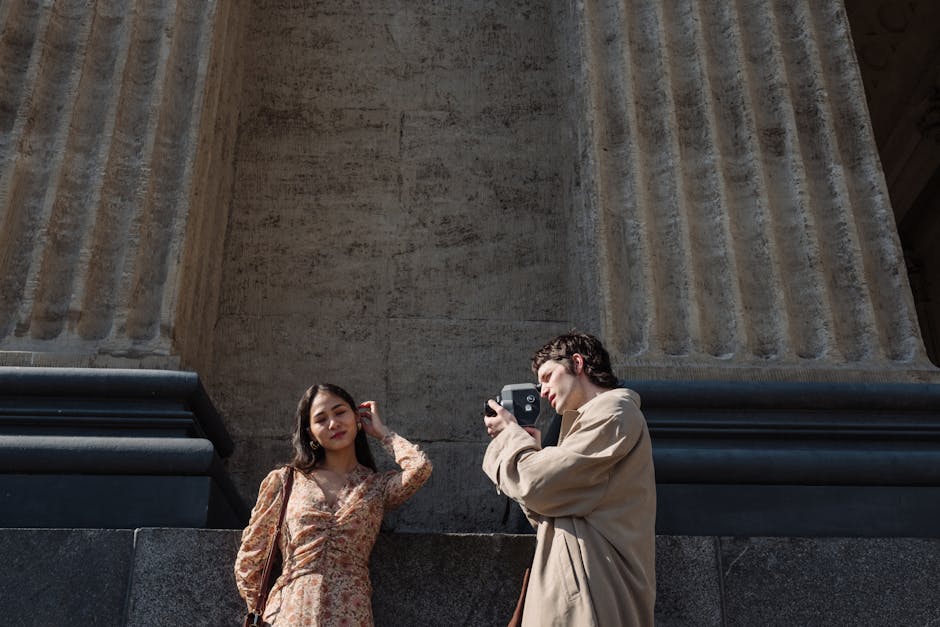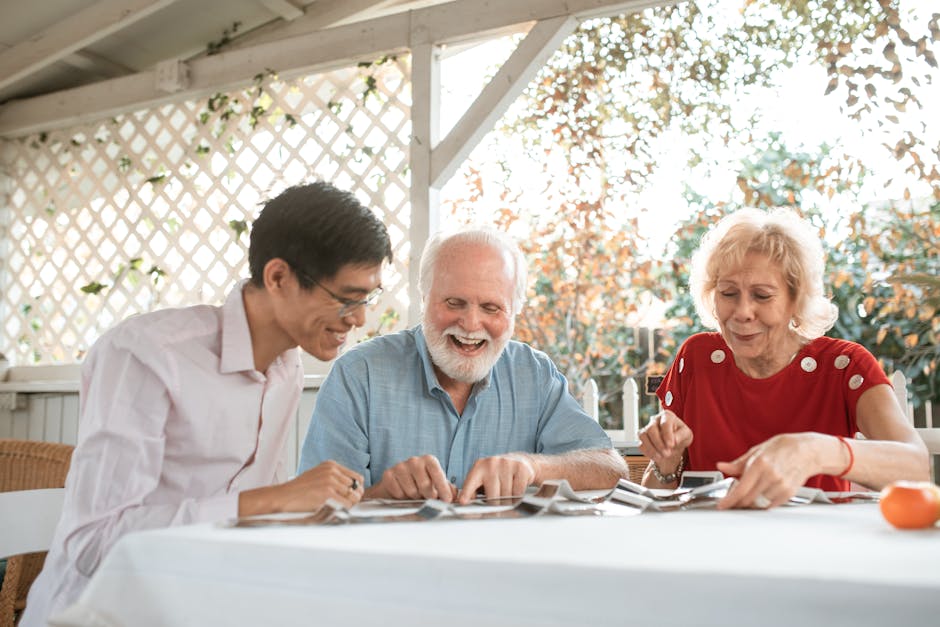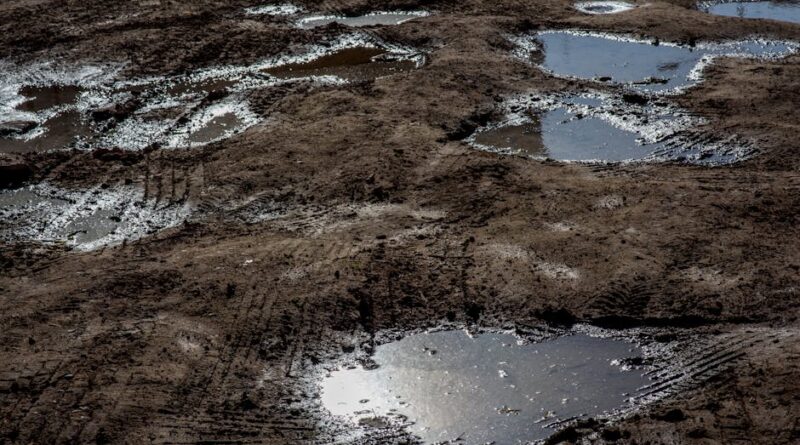Outdoor Staging Tips for Better Photos
When it comes to capturing the beauty of the great outdoors in photographs, staging can make all the difference. Whether you’re a professional photographer looking to enhance your portfolio or an amateur enthusiast wanting to take better pictures on your next hike, understanding the art of outdoor staging can significantly elevate the quality of your photos. In this comprehensive guide, we will delve into the world of outdoor staging tips, exploring techniques, best practices, and expert advice to help you capture stunning images that truly showcase the beauty of nature.
Setting the Stage: Understanding Outdoor Staging

Outdoor staging is the process of arranging elements within a natural setting to create visually appealing compositions for photography. It involves utilizing the existing environment, such as landscapes, flora, and fauna, to enhance the overall aesthetic of the photograph. By carefully considering factors like lighting, framing, and composition, outdoor staging can transform an ordinary outdoor scene into a captivating work of art.
As you venture into the world of outdoor photography, here are some essential tips to help you master the art of outdoor staging:
1. Harness the Power of Natural Light

One of the most critical elements in outdoor photography is light. Natural light can dramatically impact the mood and quality of your photos, so it’s essential to understand how to work with it effectively. The golden hours of sunrise and sunset are often considered the best times to shoot outdoors, as the soft, warm light creates a magical atmosphere. Position yourself so that the light is hitting your subject at an angle for a more dynamic and visually pleasing result.
2. Consider Your Composition

Composition plays a significant role in outdoor staging. Pay attention to the elements within your frame and how they interact with each other. The rule of thirds is a fundamental principle in photography that can help you create balanced and visually appealing compositions. By dividing your frame into a grid of nine equal sections and placing your subject along the intersecting lines, you can create a more engaging and dynamic image.
3. Use Leading Lines

Leading lines are a powerful compositional tool that can draw the viewer’s eye into the photograph and create a sense of depth and movement. Look for natural elements like paths, rivers, or tree branches that can act as leading lines and guide the viewer’s gaze towards the main focal point of your image. Experiment with different angles and perspectives to see how leading lines can enhance the overall composition of your photos.
4. Add Depth with Foreground Elements
Incorporating foreground elements into your outdoor photos can add depth and dimension to your images. By including elements like rocks, flowers, or foliage in the foreground, you can create a sense of scale and perspective that draws the viewer into the scene. Experiment with different foreground elements to see how they can enhance the overall composition of your photos.
5. Pay Attention to Detail
When staging outdoor photos, it’s essential to pay attention to the smallest details. Consider the textures, patterns, and colors present in the environment and how they can contribute to the overall aesthetic of your images. Look for unique or interesting details that can add visual interest to your photos, such as intricate tree bark, sparkling water droplets, or vibrant wildflowers. By focusing on the details, you can create more compelling and memorable outdoor photographs.
Expert Opinions: Insights from Seasoned Photographers
To gain further insights into the world of outdoor staging, we spoke to several experienced photographers for their expert advice. Renowned nature photographer, Sarah Wilson, emphasizes the importance of patience and observation when staging outdoor shots.
“Nature is always changing, so it’s crucial to take the time to observe your surroundings and wait for the perfect moment to capture the shot. Pay attention to the light, the weather, and the natural elements around you, and be prepared to adapt your staging strategy to make the most of the conditions,” says Wilson.
Professional landscape photographer, Alex Parker, also stresses the significance of planning and preparation in outdoor photography.
“Before heading out to shoot, it’s essential to research the location, the weather conditions, and the best times of day for photography. By planning ahead and scouting out potential shooting spots, you can maximize your chances of capturing stunning outdoor photos,” advises Parker.
Common Misconceptions About Outdoor Staging
Despite the widespread popularity of outdoor photography, there are several common misconceptions about outdoor staging that can hinder photographers from achieving their full potential. One of the most prevalent misconceptions is the belief that expensive equipment is necessary to capture great outdoor photos. While high-quality gear can certainly enhance the quality of your images, creativity, skill, and a keen eye for composition are equally important in outdoor staging.
Another common misconception is that post-processing is a substitute for proper staging. While editing software can help enhance and refine your photos, it’s essential to remember that good staging begins in the field. By taking the time to carefully compose your shots and consider the elements within your frame, you can create more compelling images that require minimal editing.
Conclusion
To wrap things up, outdoor staging is a fundamental aspect of outdoor photography that can significantly impact the quality and visual appeal of your photos. By harnessing the power of natural light, considering your composition, using leading lines, adding depth with foreground elements, and paying attention to detail, you can elevate your outdoor photos to new heights. Remember to be patient, observant, and creative in your approach to outdoor staging, and always strive to capture the unique beauty of the natural world in your photographs.
Whether you’re a seasoned professional or an aspiring enthusiast, mastering the art of outdoor staging can take your outdoor photography skills to the next level. So grab your camera, head outside, and start staging the perfect shot amidst the beauty of nature.




